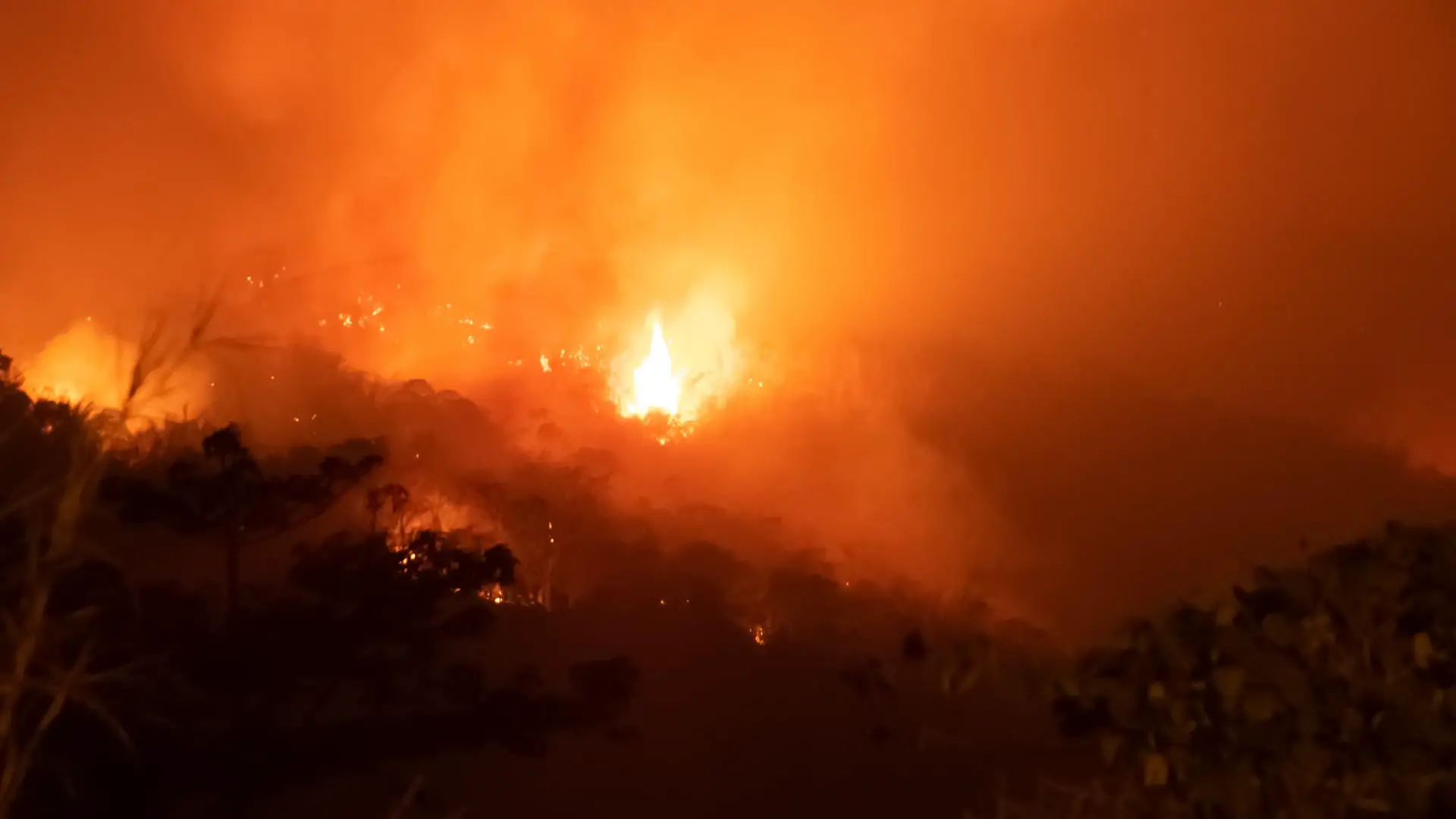Summary of Indigenous People in South America Is Twice As Likely To Die From Wildfire Smoke Exposure:
According to a study published in the journal Environmental Research: Health, Indigenous people living in the Amazon Basin are twice as likely to die prematurely from wildfire smoke exposure than the general South American population. The research covering the period 2014-2019 found that approximately 12,000 people die annually from smoke from wildfires, of which around 230 occur in Indigenous territories. Regions in Peru, Bolivia, and Brazil are identified as particular hotspots for smoke exposure, with mortality rates rising to as high as six times that of the general population. The authors recommend that governments provide financial assistance to monitor air quality in these regions and supply low-cost sensors to study the impact of short- and long-term exposure to smoke.
*****
Indigenous People in Amazon Basin Are Twice as Likely to Die Prematurely from Wildfire Smoke Exposure
A new study published in the Environmental Research: Health journal reveals that Indigenous people in the Amazon Basin are twice as likely to die prematurely from wildfire smoke exposure than the broader South American population. This comes as smoke exposure from wildfires in South America is responsible for approximately 12,000 premature deaths yearly.
Hotspots for Smoke Exposure
The study identified regions in Peru, Bolivia, and Brazil as hotspots for smoke exposure, with mortality rates rising to as high as 6 times that of the general population. According to the research, these fires disproportionately impact people living in Indigenous territories due to their longer exposure times and limited access to medical attention.
Impact of Wildfires
Biomass burning in South America has surged in recent years, driven by forest degradation due to human activity such as mining, logging, and agricultural land use. Wildfires release tiny smoke particles called PM2.5, which are known to contribute to aerosol concentrations and negatively impact human health significantly. Exposure to these particles can result in cardiovascular and respiratory diseases, cancer, premature births, metabolic dysfunction, and other physiological symptoms.
More on the Study
Researchers at Harvard University led the new study, which uses a combination of atmospheric chemical transport models and an updated concentration-response function to estimate the premature mortality rate for Indigenous populations exposed to high concentrations of PM2.5.
Recommendations
The study recommends that governments provide financial assistance to monitor air quality in these regions, supplying low-cost sensors to study the impact of short- and long-term exposure to the smoke. This could help address the limited access of Indigenous populations to appropriate medical care, hygiene materials, and clean water.
Conclusion
The study’s findings highlight the urgent need for governments and policymakers to take steps to mitigate the impact of wildfires on people living in Indigenous territories. Failure to do so could lead to a continued rise in premature deaths due to smoke exposure, with Indigenous people bearing the brunt of the health risks.

